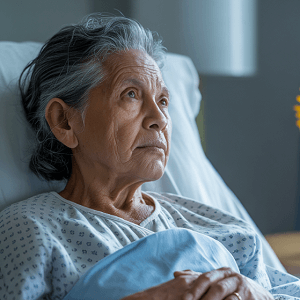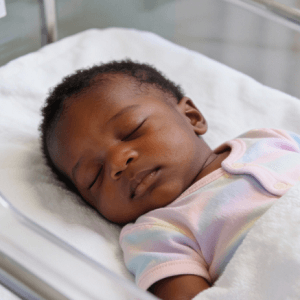Recent findings presented at Digestive Disease Week 2025 reveal a significant rise in anal cancer rates among older White and Hispanic women. Published on May 5, 2025, the study led by Eli D. Ehrenpreis, MD, analyzed data from the National Cancer Institute’s Surveillance, Epidemiology, and End Results (SEER) database from 2017 to 2021. The results show that anal cancer rates increased by 2.9% annually for women and 1.6% for men, with the most pronounced increases among White women over 65, who saw a 4.3% annual rise, reaching 11.4 cases per 100,000 in 2021.
Hispanic women over 65 experienced the second-highest increase, with 7.5 cases per 100,000 people in 2021 and an annual rise of 1.7%. These trends challenge previous assumptions about high-risk groups and highlight the need for updated screening guidelines. Dr. Ashley Robinson, a co-author of the study, emphasized the importance of promoting HPV vaccination and evolving screening practices to address these rising rates. HPV, which causes 90% of anal cancers, remains a critical factor in these disparities.
The study underscores the necessity of targeted interventions for older women, particularly those who were beyond the recommended age for HPV vaccination when it became widely available. By focusing on these specific patient groups, healthcare providers can better manage and prevent anal cancer, ultimately reducing health disparities among minority communities.
See: “Anal Cancer Rates Rising Most Among Older White and Hispanic Women” (May 5, 2025)

